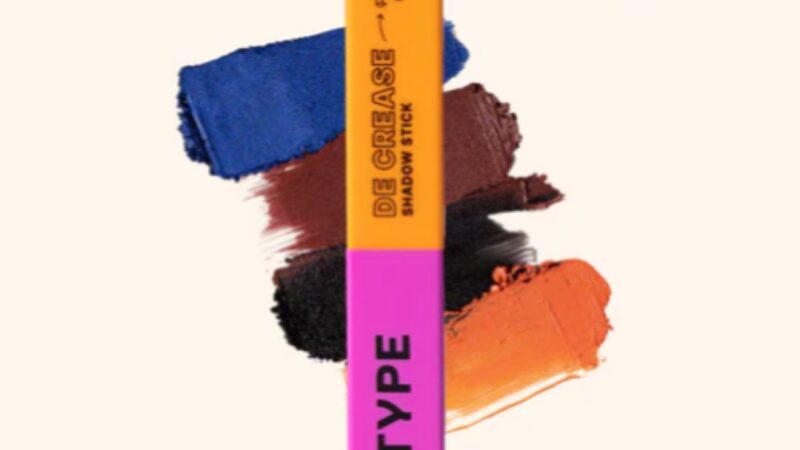The Dao Sword: A Symbol of Tradition, Power, and Mastery in Chinese Martial Arts
The Dao sword, a prominent weapon in Chinese history, is more than just an instrument of war. It is a symbol of power, cultural heritage, and artistic expression. For centuries, this iconic blade has been intricately tied to the evolution of Chinese martial arts and has played an essential role in shaping the social landscape of ancient China. In this article, we’ll explore the Dao sword history, significance, and the impact it has had on Chinese culture, martial arts, and beyond.
The Origins of the Dao Sword: From Practical Weapon to Cultural Icon
The Dao sword is often distinguished from its counterpart, the Jian, due to its unique single-edged blade and slightly curved design. It is believed to have originated during the Warring States period (475–221 BC) and gained prominence during the Han Dynasty (206 BC–220 AD). Unlike the Jian, which is a double-edged straight sword, the Dao was designed for slashing rather than thrusting, making it particularly effective in close combat.
The blade’s simplicity and deadly efficiency were key to its success. It became the weapon of choice for soldiers, but over time, its significance grew beyond the battlefield. As Chinese society evolved, so did the Dao sword, transitioning into a symbol of status, martial prowess, and cultural identity. It became not only a weapon but a work of art, often engraved with intricate designs and adorned with precious materials, reflecting the importance of aesthetics in Chinese culture.
Types of Dao Swords and Their Uses
While the Dao sword is generally characterized by its curved, single-edged blade, there are various types that served different purposes, from battlefield use to ceremonial functions.
Military Dao
The military Dao, known for its practicality, was used by soldiers and generals throughout Chinese history. Its simple design, coupled with the sharp curve, allowed for swift, powerful strikes. This type of Dao was commonly seen in warfare and was favored for its ability to deliver decisive slashes to opponents in close-quarter combat.
Civil Dao
In contrast to the military Dao, the civil Dao was often more ornamental and less combat-focused. It was used by scholars and aristocrats as a symbol of social status and refinement. These swords were beautifully crafted and adorned with fine details, making them prized possessions that represented the owner’s connection to tradition and culture.
Martial Dao
The martial Dao, also known as the “training Dao,” is the weapon used in the practice of traditional Chinese martial arts. This sword is lighter and more balanced, allowing martial artists to train in a variety of techniques, from slashes and thrusts to spins and blocks. It is an essential tool in the practice of Chinese swordsmanship, helping students develop discipline, focus, and technique.
The Dao Sword in Chinese Martial Arts
One of the most significant aspects of the Dao sword is its central role in Chinese martial arts, particularly in the form of Dao Shu (刀术), or swordsmanship with the Dao. Training with the Dao is an art form in itself, requiring dedication, strength, and precision. The sword’s design facilitates a wide range of techniques, from powerful strikes to quick defensive maneuvers.
The Dao’s design lends itself to the concept of “flow,” a fundamental principle in Chinese martial arts. In practice, the movements of the Dao are fluid and graceful, with emphasis on circular motions and seamless transitions between offense and defense. This makes Dao swordsmanship not just a physical discipline but a meditative practice that aligns the body and mind.
Chinese martial arts schools, such as Wudang and Shaolin, have long incorporated the Dao into their training regimens. The Dao’s role in martial arts is not just as a tool for combat; it serves as a means of cultivating inner peace and understanding the balance between power and control. The practice of wielding the Dao sword teaches the practitioner not only to defend and attack but also to understand their body, control their emotions, and act with wisdom and patience.
The Cultural Significance of the Dao Sword
Beyond its role in martial arts and warfare, the Dao sword holds deep cultural and symbolic meaning in Chinese society. For centuries, it has been considered a symbol of the warrior’s spirit, embodying traits such as courage, honor, and loyalty. The Dao is also seen as a representation of balance and harmony, mirroring the Yin and Yang philosophy that permeates much of Chinese thought.
In ancient times, the Dao was often seen as a mark of distinction, particularly among the elite. Scholars, military leaders, and even emperors carried Dao swords, which were meticulously crafted and sometimes even passed down as family heirlooms. The Dao sword was a status symbol, denoting power and wisdom, and it was often displayed in ceremonies, representing the owner’s martial prowess and adherence to tradition.
Additionally, the Dao sword is closely linked with Chinese folklore, literature, and popular culture. It has become a recognizable emblem in Chinese myths, where it often represents the hero’s journey, fighting against injustice or seeking to restore balance. The sword has appeared in countless historical novels, television shows, and movies, cementing its status as an enduring cultural symbol.
The Dao Sword in Modern Times
While the Dao sword’s role as a weapon of war has diminished in the modern era, its cultural relevance endures. Today, the Dao is revered as a martial arts weapon, a collectible item, and a piece of historical craftsmanship. Many enthusiasts and collectors seek out authentic Dao swords, appreciating their historical significance, unique design, and artistic value.
BattleBlades, a company dedicated to producing high-quality martial arts weapons, continues to honor the legacy of the Dao sword by crafting exceptional replicas and functional swords. These swords are designed for martial artists and collectors alike, combining traditional craftsmanship with modern materials to create blades that embody the spirit and legacy of ancient China.
In recent years, there has been a growing interest in the Dao sword as a tool for modern self-defense training and as a means of connecting with traditional Chinese martial arts. As more people seek to understand the art of swordsmanship, the Dao has gained a renewed following, symbolizing a bridge between the past and the present.
Conclusion: The Enduring Legacy of the Dao Sword
The Dao sword is much more than just a weapon; it is a testament to the rich history and cultural evolution of China. From its military origins to its cultural significance and artistic beauty, the Dao sword has transcended time and continues to inspire awe and admiration today.
As we look to the future, the Dao sword serves as a reminder of the importance of preserving cultural heritage and the martial traditions that have shaped societies for millennia. Whether used in martial arts, displayed in a collection, or revered as a symbol of honor and wisdom, the Dao sword remains a powerful force in both the physical and cultural realms. It invites us to consider how we, too, can carry forward the lessons of discipline, balance, and mastery that have been passed down through generations.
In a world that is rapidly changing, the Dao sword stands as a reminder of the enduring power of tradition, craftsmanship, and the pursuit of excellence. Will the Dao sword continue to evolve, shaping the future of martial arts and culture, or will it remain a timeless symbol of the past? Only time will tell.



